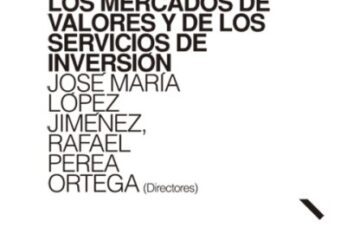The Economist, Leaders, “How America accidentally made a free-money machine for banks”, January 18th 2024.
“[…] Today, however, the Bank Term Funding Programme (BTFP) is itself causing trouble. The interest rate that banks must pay to borrow reflects, with a small premium, the one-year interest rate set in financial markets. That is in turn based on predictions of the average Fed policy rate over the next year. Because investors are betting the central bank will cut rates significantly, the cost of borrowing today is only 4.8%. Yet because those rate cuts have not yet happened, the Fed still pays banks 5.4% on their cash balances. […].
In the next crisis the Fed should design its interventions more carefully. A central-banking rule named after Walter Bagehot, a 19th-century editor of The Economist, prescribes that central banks should lend freely to solvent institutions that are threatened by bank runs, against good collateral and at a penalty rate of interest. By lending at generous rates, with a reverse-haircut, and to banks that might be insolvent on a mark-to-market basis, the Fed has arguably violated all three of Bagehot’s conditions. The crisis in 2023 was ugly, but so was the fix”.
Imagen: Satoshi Kambayashi, tomada del enlace de la noticia.


